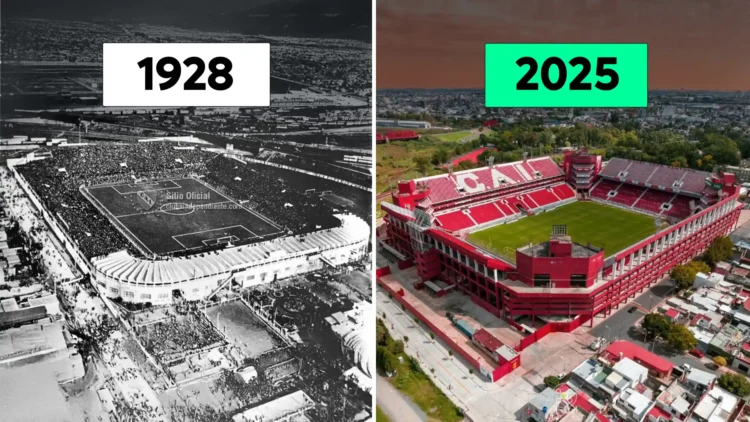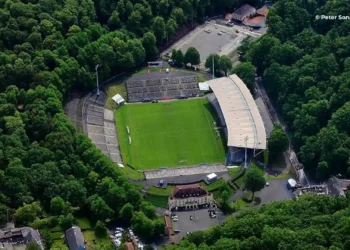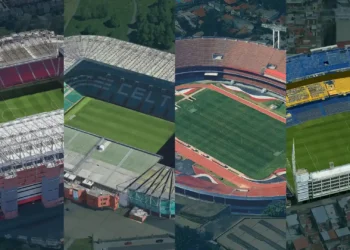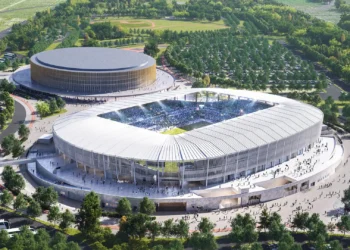Argentina is known around the world for its football culture — passionate fans, historic clubs, legendary players, and unforgettable stadium atmospheres. But behind the noise and the colors, there are stadiums that hold over a century of stories. Some have witnessed political changes, football revolutions, club triumphs, tragedies, and generational legends stepping onto the pitch.
Many of them were built in the early 1900s and, remarkably, are still in use today, hosting thousands of fans every season.
Here are the 10 oldest stadiums in Argentina that continue to stand strong, each with its own story, character, and deep cultural meaning.
1. Estadio Arq. Ricardo Etcheverri — 1905
Location: Buenos Aires
Home Team: Ferro Carril Oeste
Capacity: ~24,000
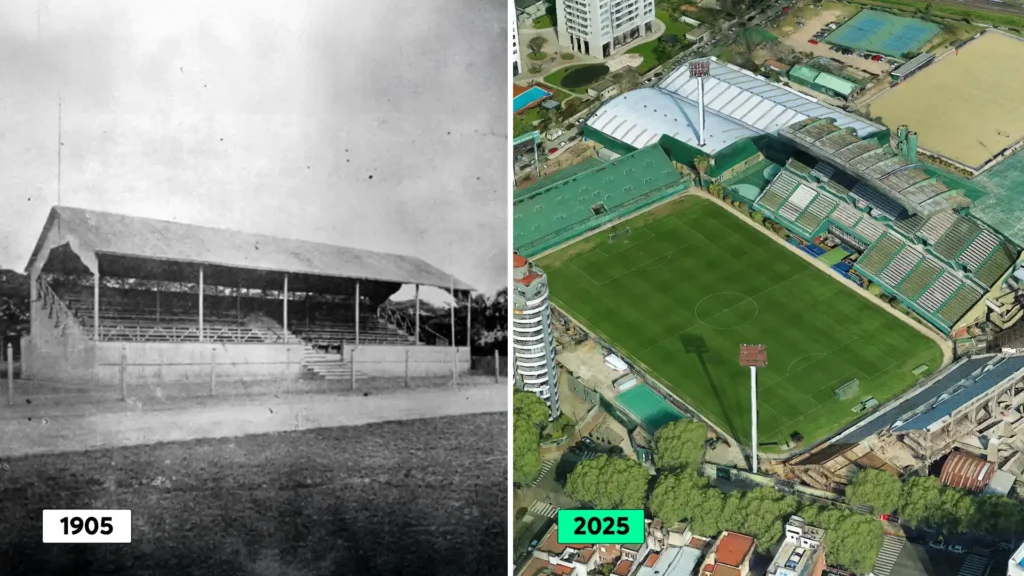
The Arq. Ricardo Etcheverri Stadium is officially the oldest stadium still in use in Argentine football. Opened in 1905, it has hosted countless legendary matches, especially during Ferro Carril Oeste’s golden era in the 1980s. While the stadium has seen renovations over the years, it still maintains a classic English-style structure, making it a nostalgic sight in modern Argentine football.
2. Estadio Jorge Luis Hirschi — 1907
Location: La Plata
Home Team: Estudiantes de La Plata
Capacity: ~31,000

Originally opened in 1907, the Hirschi Stadium was completely modernized and reopened in 2019 — but built in the same historic location. Today, it is considered one of Argentina’s most modern stadiums, combining history with contemporary design. The stadium is known for being compact, loud, and intimidating for visitors — a perfect match for Estudiantes’ strong identity.
3. Estadio Gabino Sosa — 1907
Location: Rosario
Home Team: Central Córdoba
Capacity: ~17,000
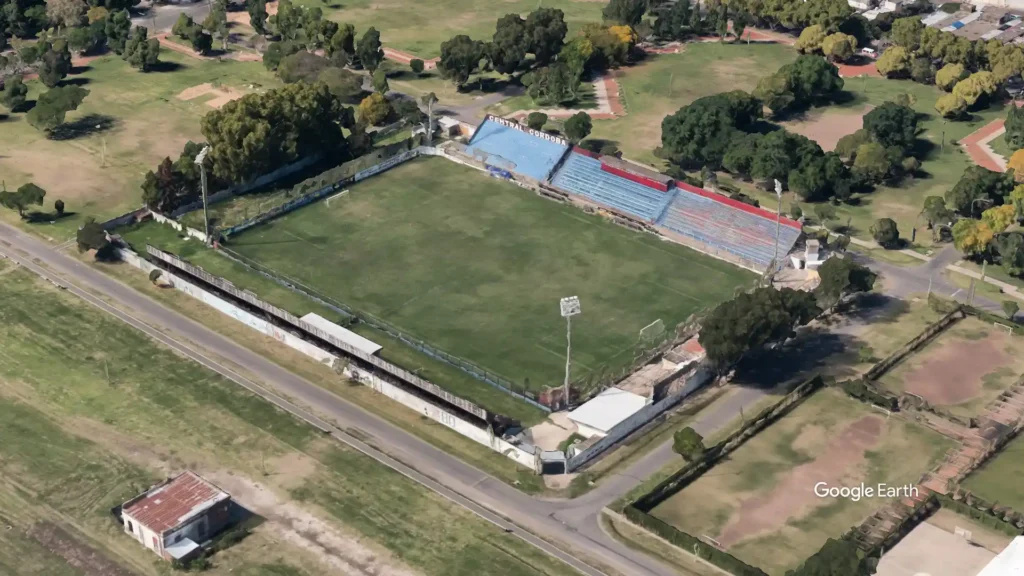
Named after club legend Gabino Sosa, one of the earliest greats in Argentine football, this stadium has kept its modest structure and strong local identity. Located in a traditional neighborhood of Rosario, it reflects grassroots football culture — community-driven, proud, and authentic.
4. Estadio Marcelo Bielsa — 1911
Location: Rosario
Home Team: Newell’s Old Boys
Capacity: ~42,000
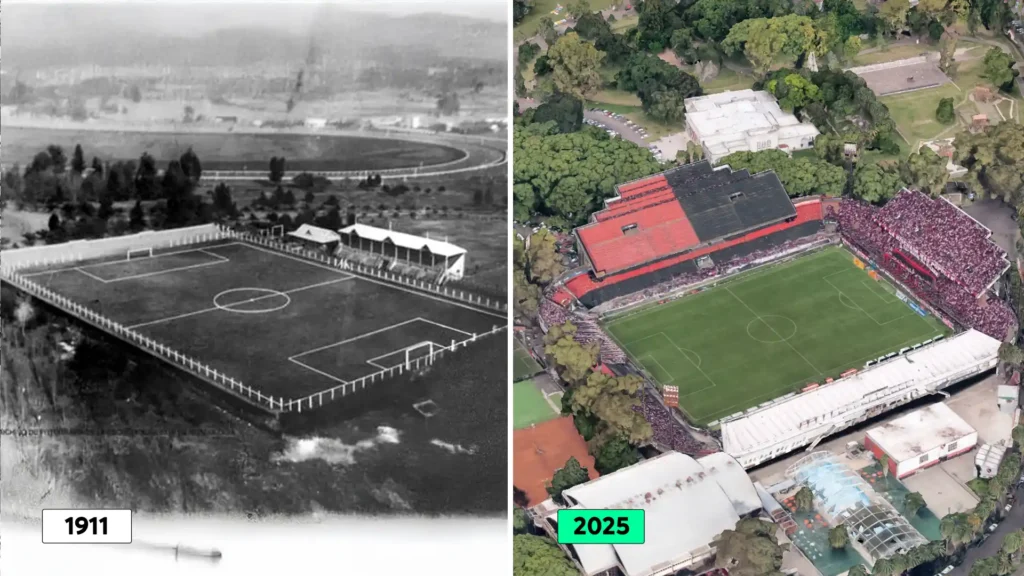
Built in 1911, this stadium sits inside the iconic Independencia Park. Named after Marcelo Bielsa, one of the most revolutionary coaches in world football (and a Newell’s legend), the stadium has seen many renovations. It’s known for its striking atmosphere, especially during derbies against Rosario Central.
5. Estadio Claudio “Chiqui” Tapia — 1916
Location: Buenos Aires
Home Team: Barracas Central
Capacity: ~4,400
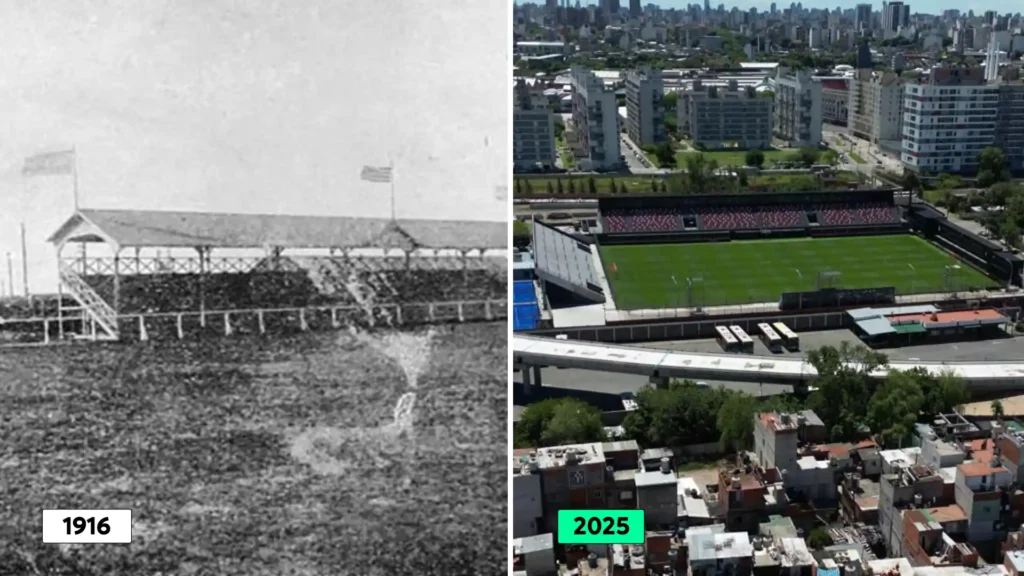
One of the smallest stadiums in top-tier Argentine football, this ground offers a unique neighborhood feel. Recently named after Claudio “Chiqui” Tapia, the president of the Argentine Football Association, the stadium remains a symbol of humble origins in a football culture dominated by giants.
6. Estadio Monumental José Fierro — 1922
Location: San Miguel de Tucumán
Home Team: Atlético Tucumán
Capacity: ~35,000
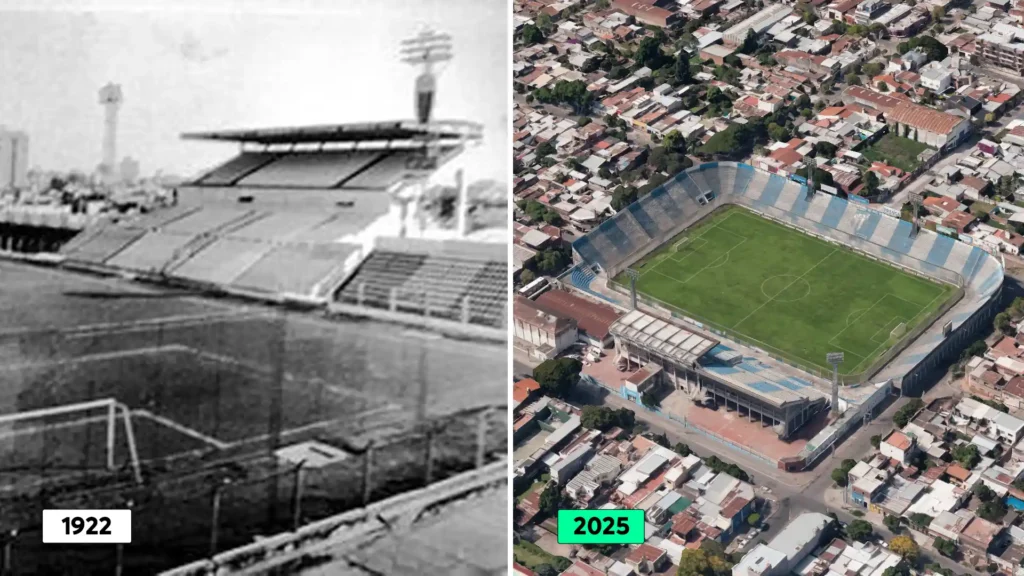
Built in 1922, this is one of the most important stadiums in the northern region of Argentina. Its steep stands create a loud, intense matchday atmosphere. The stadium has hosted historic league matches and remains a symbol of regional pride.
7. Estadio Juan Carmelo Zerillo — 1924
Location: La Plata
Home Team: Gimnasia y Esgrima La Plata
Capacity: ~30,000
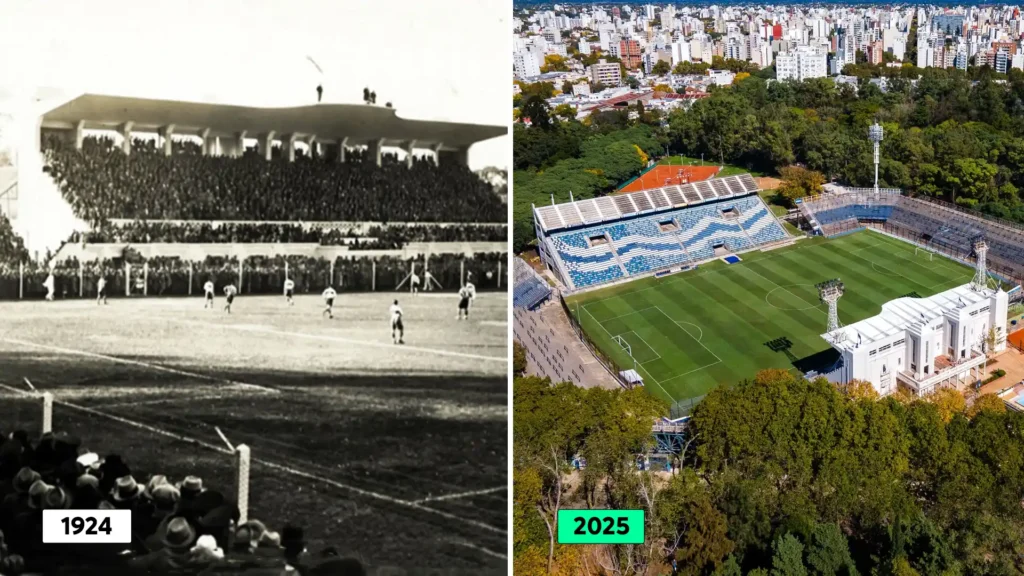
Also known as “El Bosque” because of its location inside a forested park, this stadium has a unique charm. Fans consider it “home” in the emotional sense, even though Gimnasia has occasionally used larger venues. The closeness of the stands to the field intensifies the matchday experience.
8. Estadio Alfredo Beranger — 1924
Location: Remedios de Escalada
Home Team: Talleres (RE)
Capacity: ~12,000
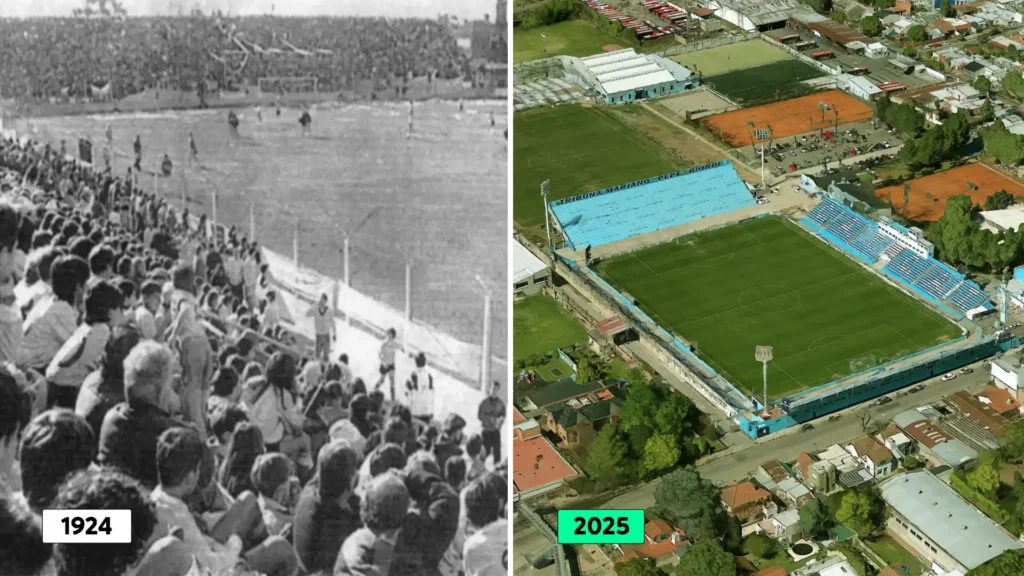
A traditional neighborhood stadium with deep community roots, Alfredo Beranger has maintained its old-school architecture. The stadium represents the identity of a small but historical club with loyal supporters.
9. Estadio Gigante de Arroyito — 1926
Location: Rosario
Home Team: Rosario Central
Capacity: ~47,000

One of the most iconic stadiums in Argentina, the Gigante de Arroyito has been the scene of both club and international matches — including games at the 1978 World Cup. Famous for its intense and passionate crowd, it is widely known as one of the loudest stadiums in the country.
10. Estadio Libertadores de América — 1928
Location: Avellaneda
Home Team: Independiente
Capacity: ~48,000

Inaugurated in 1928, this stadium has hosted legendary Copa Libertadores battles, earning Independiente the nickname “Rey de Copas” (King of Cups). It has been renovated multiple times, including modern upgrades, while maintaining the historic aura of South American glory.
These stadiums are more than concrete, steel, and grass — they are chapter books of Argentine football heritage. Each one carries decades of memories, rivalries, celebrations, and heartbreaks. The fact that they are still in use today shows the power of tradition and identity in Argentine football culture.
They are not just stadiums —
they are stories that continue to live.

